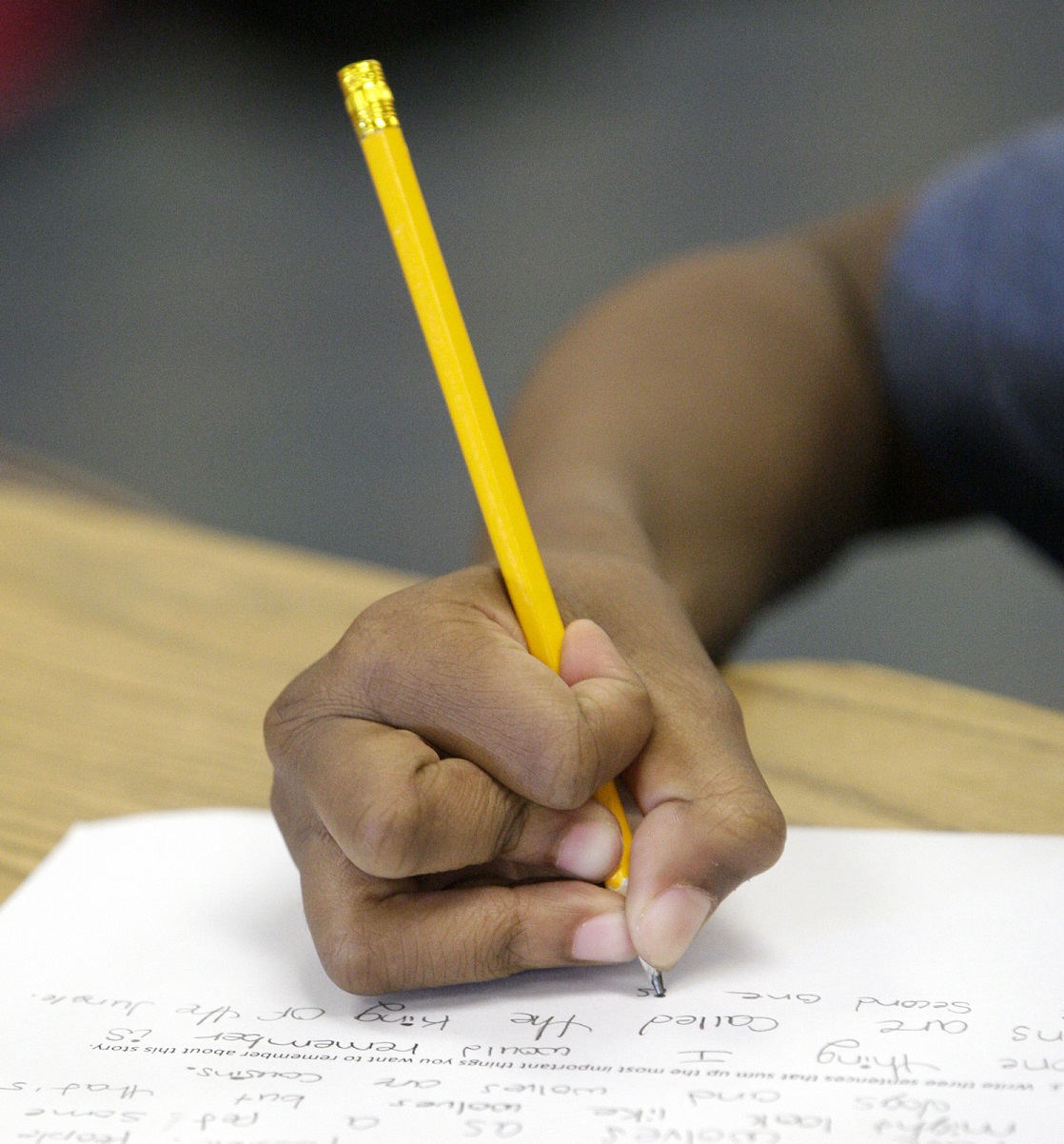As more students opt out of state testing, lawmakers consider best way to measure performance

Statewide standardized assessments are one way to measure how curriculum and daily instruction are aligning with academic standards. While an important tool, they require significant time, resources and fewer upperclassmen are willing to participate.
Sponsored by Rep. Heather Edelson (DFL-Edina), HF3106, would create a 14-member task force, appointed by the Department of Education, to review and consider a variety of issues related to statewide standardized testing and prepare a report to the Legislature recommending changes by Jan. 15, 2021.
The bill was approved by the House Education Policy Committee Tuesday and now heads to the House Government Operations Committee. The companion, SF3689, awaits action by the Senate E-12 Finance and Policy Committee. Sen. Steve Cwodzinski (DFL-Eden Prairie) is the sponsor.
Information from the Department of Education indicates that from 2013 to 2019 there has been a steady increase in the number of high school students who have opted out of the testing.
More specifically, in the past three years opt-outs for state math tests have increased 44%, according to Dave Heistad, executive director for research, evaluation and assessment in Bloomington Public Schools.
“It appears that students are less motivated to do well on state tests, a factor that may be related to the decline in math test scores over the past four years,” he said.
Testifiers offered a variety of reasons why students may be choosing to opt out, including:
- test fatigue, as many students are already dedicating time and effort to ACT and AP testing;
- bad timing, or a lack of alignment between when they’re taking classes and when they’re being tested on them; and
- a lack of incentive to take the tests because they don’t impact their overall grade.
The increasing number of opt outs not only impacts the interpretation of results, but has logistical implications, said Stacey Lackner, director of research and evaluation for Wayzata Public Schools.
“Schools must plan to test all their students, which may include the need to hire additional staff to help proctor tests,” she said. “When parents and students opt out of testing close to the testing date, schools still need to cover the cost of the additional staff.”
The number of students opting out of testing may be on the rise, but challenges with state testing have been an issue lawmakers have grappled with for years. The Office of the Legislative Auditor released a 2017 report on standardized student testing and a follow up in 2019. Task forces have been created in the past to address these issues.
Given this, Rep. Sondra Erickson (R-Princeton) asked what this task force would be able to achieve that the two previous ones did not. She also noted that the percentage of students who continue to take the tests exceeds requirements.
“Ninety-eight percent of the third graders in the state are taking the MCAs,” she said, noting that participation is consistent until junior year when it drops in math to 88%. “That’s still remarkable when it comes to testing at a federal requirement that we adhere to at the state level.”
Edelson said that because the test is a significant indicator of performance, and requires state resources, it’s something that needs to be continually reviewed.
“I do think we do need to keep revisiting it; if we were a company we would not just ignore these numbers,” she said. “These are our students and I think we need to pay attention to the trends we’re seeing.”
Related Articles
Search Session Daily
Advanced Search OptionsPriority Dailies
Ways and Means Committee OKs proposed $512 million supplemental budget on party-line vote
By Mike Cook Meeting more needs or fiscal irresponsibility is one way to sum up the differences among the two parties on a supplemental spending package a year after a $72 billion state budg...
Meeting more needs or fiscal irresponsibility is one way to sum up the differences among the two parties on a supplemental spending package a year after a $72 billion state budg...
Minnesota’s projected budget surplus balloons to $3.7 billion, but fiscal pressure still looms
By Rob Hubbard Just as Minnesota has experienced a warmer winter than usual, so has the state’s budget outlook warmed over the past few months.
On Thursday, Minnesota Management and Budget...
Just as Minnesota has experienced a warmer winter than usual, so has the state’s budget outlook warmed over the past few months.
On Thursday, Minnesota Management and Budget...
